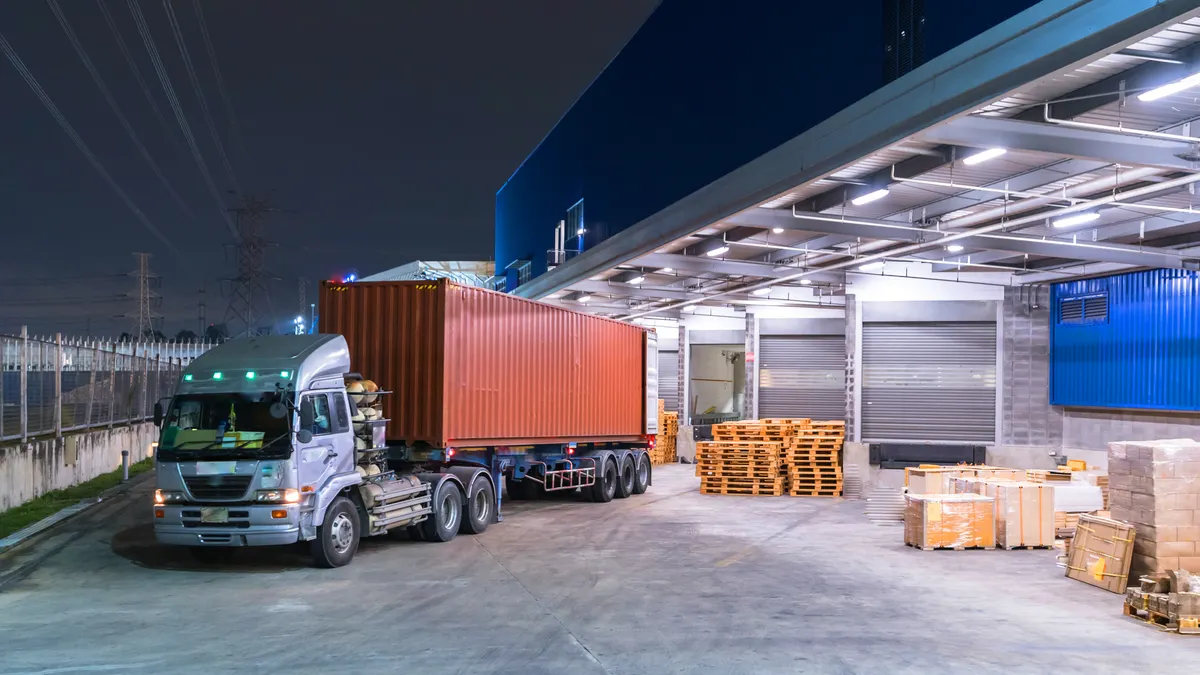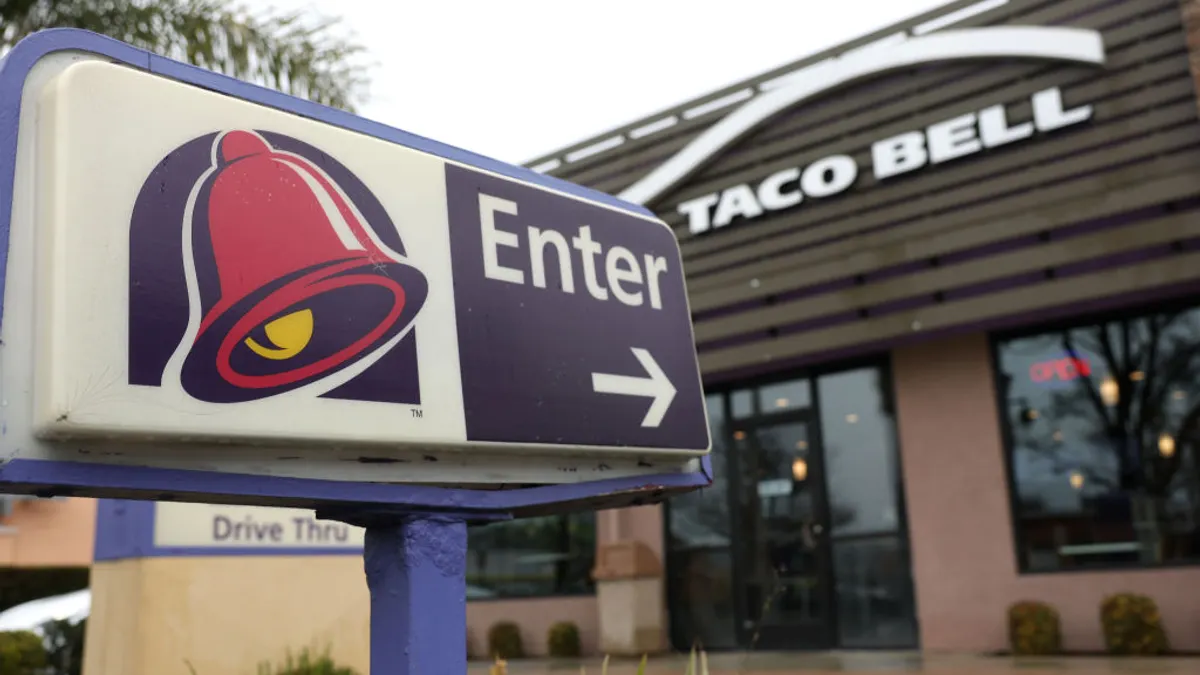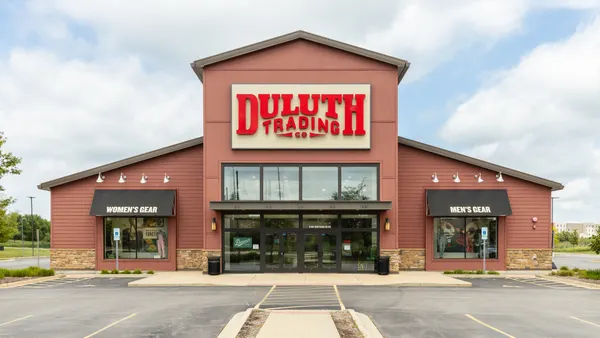Watch any news show, read any news app, or talk to anyone in the elevator. You can't escape it. Everything has changed, and everyone is feeling the impact. The COVID-19 pandemic has caused us to question everything we thought we knew. Unemployment is still above 10%, yet consumer spending remains strong. The stock market is on a tear, with many stocks hitting all-time highs, yet most public companies suffered sharp declines in Q2. Many of these corporations have even filed for bankruptcy. Although the pandemic is under control in many countries, cases are at their highest levels yet in the United States.
These are unusual times indeed.
And what does all of this mean for warehouses? Well, unfortunately, it means more uncertainty. Consumer demand – and freight volumes – have increased as of late. Data from Opendock, which aggregates volume across millions of dock appointments, supports this pick up in freight volume. However, most states have recently taken measures to slow or reverse business reopenings.
This is concerning news for warehouses, many of which had begun the process of restaffing. Whereas the sun was starting to shine through for numerous warehouses, the clouds have returned to obscure the view.
So, where do warehouses go from here? Well, regardless of what happens with how states handle the reopening process, one thing is certain. The effects of the pandemic will be with us for a very long time. Whether through mask mandates, social distancing, business closures, travel restrictions, or altered consumer buying behavior, we can confidently predict that business-as-usual is nowhere in sight.
As such, warehouses must factor this into their planning. Here are three key actions warehouses can take to prepare for this drawn-out pandemic.
Don't Wait to Adjust Strategy
It's an accepted business principle to focus on your core competency. However, there are certain times in which generally-accepted business rules may not apply. This is one of them. If your warehouse is like many that have been negatively impacted by the pandemic, you've likely considered some strategic changes. Instead of continuing with a wait-and-see approach, it's time to take action.
Periodically adjusting your market approach is normal and necessary for businesses. Consumer trends, competitive pressures, and market opportunities all drive strategic shifts. The only difference now is that the pandemic has hastened the need to change. All strategy adjustments carry risk, and quickly-implemented ones are even riskier. However, warehouses that don't take action now are in danger of harming their businesses even more.
If your warehouse is struggling and the future is unclear, or worse yet, if you aren't sure if you'll even be able to continue operating, this is the time to change your strategy. This may require a complete retooling of how you conduct business, or it may be a smaller adjustment. Either way, the current environment of long-term uncertainty should provide you the will and support to make changes. Do it now.
Don't Play Conservative
When market conditions are volatile, companies tend to freeze. They slow their spending, they put projects on hold, and they postpone investments. This ostensibly seems like smart business, and it is.
However, we are not facing a seasonal slow-down, an epic blizzard, or even a Y2K. We are experiencing a transformation in the way we live and conduct our lives. Sure, we will eventually all get back to going to movies, visiting friends and family, and going to the gym (okay, not all of us). But just as the Great Depression impacted how an entire generation saw the world, this pandemic will forever change how we think and act.
Because this isn't a blip, this is no time to play conservative. You must look at this period as an opportunity to be aggressively pursued. Let your competitors play it safe. But don't let your business play that game. Never forget what Baron Rothschild said: "The time to buy is when there's blood in the streets." Guess what? There's blood in the streets. It may be uncomfortable, or even scary, but you have to fight your natural tendencies toward inaction when uncertainty abounds. That's the time to pounce.
Don't Burn Bridges
Everyone has heard that you should never burn bridges, right? It's common knowledge. Well, when a warehouse has had to lay off staff, has seen revenue drop 50%, or is not sure how it will pay its expenses next month, its leaders tend to go into survival mode. When we're fighting for our lives, we generally aren't worried about the other guy. For companies, this means they will do whatever is possible to stay in business.
While this is completely understandable, you can expect a much more difficult recovery if you burn bridges in your effort to protect your company. In terms of a business, what does that mean? Let's start with your most precious resource – your employees. Many companies have been exemplary in how they've treated their employees during the pandemic. They've furloughed staff instead of laying them off, thus allowing employees to retain critical benefits. Numerous have cut executive salaries to a much larger extent than for non-executives. In some cases, CEOs have even refused to take a paycheck until their employees are back to 100% of their salaries. Some firms have even committed to not laying off any staff.
But for all of the companies doing it right, there are just as many who have failed their teams. Whether because of poor communication, preemptive layoffs, or favoritism, thousands of workers across America are frustrated with how they've been treated.
But burning bridges can span beyond how companies handle their workforce. Businesses also have to make difficult customer decisions. What if your customer's business is also struggling and will not be able to pay their current invoice? Do you provide them some grace and work with them, or do you take a hard line?
As challenging as it may seem and with circumstances feeling dire, don't burn bridges. It will only serve to create lasting resentment and will make it much harder on your business when it recovers.
None of us like to think of a world in which the pandemic continues to impact our lives over the long-term, but all indications are that it's our new reality. In time, we'll resume our regular activities, and our economy will be fully open for business, albeit slightly differently. But we are nowhere near that point. It has been and will continue to be a drawn-out pandemic. Warehouses need to understand and accept that. And in doing so, warehouses must adjust strategy, avoid playing conservative, and be careful not to burn bridges. It won't be easy, but the time to take action is right now.










